Fire Emblem’s Use of Numbers to Tell its Story
In video games, particularly in RPGs, the story and the gameplay exist on two isolated planes due to their contradictory nature. For example, when a character dies in a cutscene and cannot come back to life with a revival spell or item it makes the player question why these tools they receive during the gameplay cannot apply to the story. Another is when a character in battle can take hits from mythical creatures and deities but dies to a stab wound from a sword during a story event. As described in The Play Versus Story Divide in Game Studies: Critical Essays, it is stated, “…in emphasizing only the game’s story the question of what the player does is shunted aside.”
While it’s possible for a perfectly coherent and satisfying narrative to come from games that segregate these two core elements, an essential part of what makes video games unique is lost. Player input and the decisions he makes throughout the game is a significant part of the narrative that ends up developing throughout game time. Gameplay cannot simply be ignored due the nature of the medium.

Fire Emblem is an example of one of the series that manages to marry these two elements together in a natural way. Originally released in April 20th, 1990, Fire Emblem: Shadow Dragon and the Blade of Light told the story of the Marth, prince of the kingdom of Altea trying to regain his kingdom and calm the seas of war in the continent of Archanea. Throughout the game, he recruits several characters of varying backgrounds to join his army, and these are the units that follow him into battle. Unfortunately, due to the limitations of the system, all the characters not relevant to the plot receive no dialogue or interactions to flesh them out after their introduction scene . In order to get around this wall, Fire Emblem used a more nuanced method of characterization to flesh out the minor characters: the stats and growths of a unit.
Jagen, A Knight’s Final Days
The first example comes from the very beginning of the game with the elderly Paladin, Jagen. Depicted as an old man approaching his 60’s, Jagen starts out with high stats and in a 2nd-tier class. He’s easily able to dispatch any of the enemies that threaten the weaker units such as Marth or Caeda. However, his drawback comes in the form of his growths. In Fire Emblem, the stats going up are dependent on chance, and each character was a built-in percentage for each stat going. Marth has a 90% of his HP going up, so for every level, 9 times out of ten the stat will go up by one point. Jagen is unique by having his highest growths be 10% some stats such as Strength and Skill and 0% in several others such as Luck and Defense. Because of how static Jagen is, he will rapidly become replaced by other units such as the younger Cavaliers Cain and Abel who have much more potential.
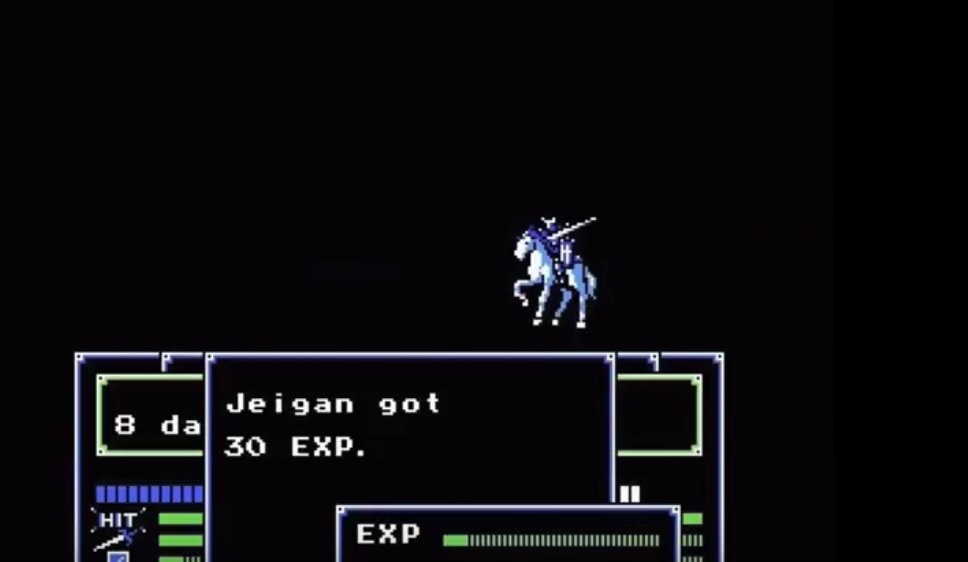
However, it’s through these numbers that give Jagen his own narrative. There’s nothing more for Jagen to learn as a soldier because he’s already much past his prime and has already spent decades training. Now, as an older man, he’s meant to pass the torch along to the next generation of soldiers that Marth recruits. He’s there to assist when he needs to, but he’s also not meant to remain on the battlefield for much longer. Not only does this add realism to this character, it also gives him a role in the narrative crafted through the gameplay. Simply by going through the maps in the game, the player understands why Jagen is there and why he is the way he is without any need to explain. It weaves a narrative by using Jagen’s growths to its advantage without the player even realizing it.
Renault, A Bishop with no Faith
Jumping forward a few generations, we have one of the three GBA title, Fire Emblem: Blazing Sword that uses a unit’s statistics to foreshadow their backstory. Renault is a Bishop late in the game at a point where the player more likely than not has his party all set for the final chapters and has no more room for another Bishop as Lucius fills that role nicely. A quick glance at Renault’s stat screen shows very high Skill, Speed, and Defense for a magical unit, but extremely low Magic that makes him almost completely unusable.
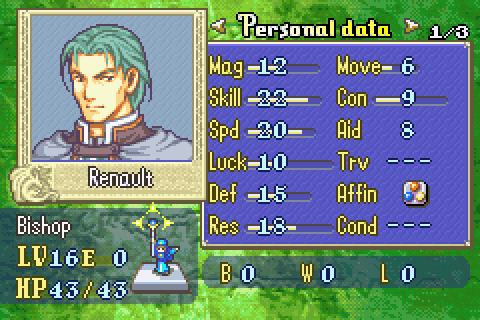
However, Renault’s enigmatic personality and stats serve to give intrigue to his character and perform their job as a hook for this mysterious unit. As it turns out, Renault’s stats are perfectly fitting for a character with a history like his. Bishops, Monks, and Clerics–those who use light magic–gain their power through faith in their religion, yet Renault doesn’t seem to have much of that.
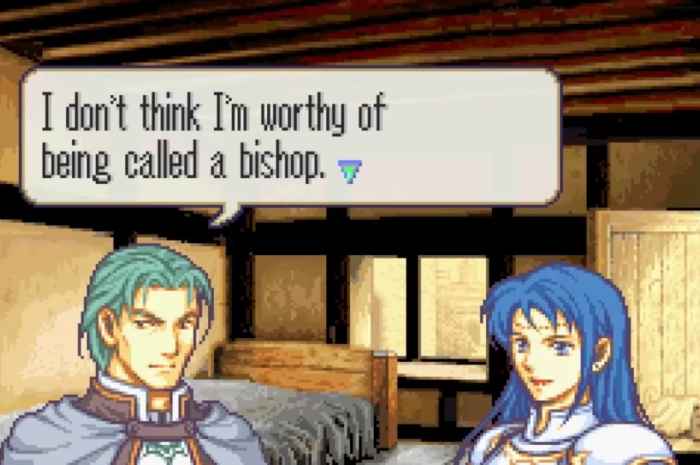
I…I lost a friend. A man I could’ve called my brother. But when he died, I knew nothing of prayers, of forgiveness. I only knew how to bash another man’s skull… So I cast aside my weapons and knelt for the first time…to mourn for my fallen friend…Forgive me. I am a fraud. I can offer you no solace.
As revealed in this conversation with Isadora, Renault was not originally a Bishop, he was a soldier and a fighter that fought alongside his friend for much of his life. It’s why his other stats besides Magic and Luck are so high in comparison. As the conversation with Isadora about her troubles with the lives she has taken throughout the war continue, he still cannot offer her guidance despite being a man of faith now; and his low Magic reflects that. Renault didn’t seek religion because he believed in the teachings of the church, he sought it to seek peace within himself–and he failed at that as well.
Faye, An Obsessive and Harmful Love
The final example comes from the latest installment of the franchise, Fire Emblem Echoes: Shadows of Valentia, a remake of the second game of the series, Fire Emblem Gaiden.
One of the optional characters gained at the beginning of the game is Faye, a young girl who hails from the same village as one of the protagonists, Alm. She is characterized mainly through her one-sided attraction to Alm and her determination to stand by his side, as shown through most of her conversations with him and her supports. Considering recent character such as Tharja and Camilla, women with obsessive love towards the protagonist and portrayed as quirky by the narrative of the game, t’s easy to imagine Faye as a continuation of these characters.
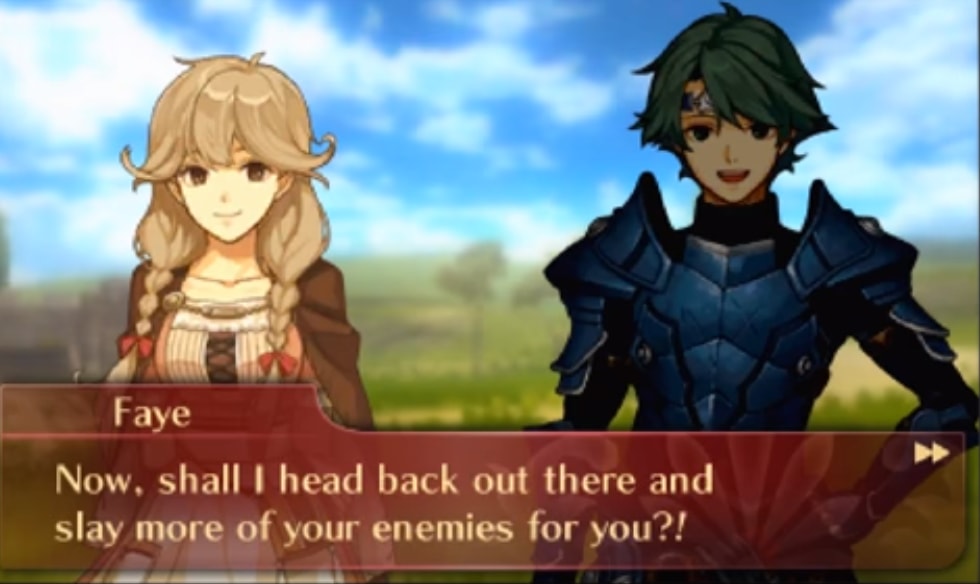
Faye: It’s so cold in the Rigelian Empire— nothing at all like Zofia. When we first left Ram, I never dreamed we would come so far. I hope Ma and Pa and Nana are doing all right without me… I send them letters, you know? Just the other day, I got one back. They said I talk too much about you.
However, Faye manages to rise above just a silly minor character that’s used for a few gags. In Fire Emblem Echoes, after two characters share a scene together, known as a “support,” they will receive a small bonus in battle as long as they stand a certain distance from each other. This has been a feature in the series for most of its installments, and Echoes proudly boasts it as well. What makes Faye stand out in the game, and every other installment in the franchise, is that while she gains an impressive boon to her Hit and Crit percentage, she receives a heavy penalty in her Avoid while Alm does not. Avoid is a critical stat in combat, as taking any sort of hit brings a unit closer to death.
This adds another layer to Faye’s love towards Alm. Although it greatly benefits her, her relationship with Alm provides a heavy consequence as well. It actively puts her in harm’s way. So why purposefully make it so that she receives a penalty in her support bonus when no other character in the series has had this happen to them?
The reason why is to characterize her and her love for Alm as unhealthy.
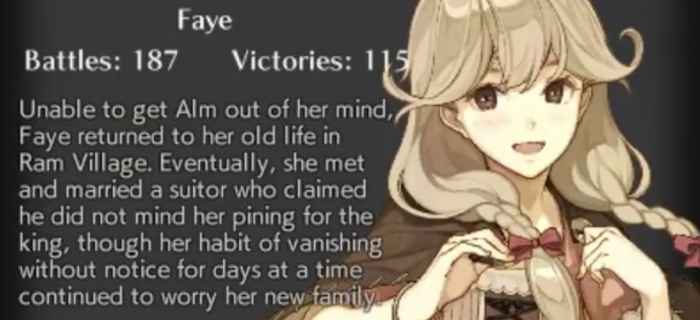
As seen in her character ending in the credits, Faye does not overcome her one-sided love for Alm and is implied to abandon her family in her village to stalk to visit him without even considering her husband or children’s feelings. As a minor and optional unit, Faye doesn’t get cutscenes or too much text to develop her character. Even so, the developers still managed to paint her as a woman with an unhealthy obsession that continues to haunt her to this day with a simple paragraph and the support bonuses she gets after speaking with Alm in combat.
The bonus adds a new dimension for Faye and foreshadows what her eventual fate with be. It tells the player that her love of Alm does indeed push her forward and allows her to find her true potential as seen through the high Hit and Crit increase, but it also negatively impacts her as well. It’s a perfect combination of plot and gameplay merging together in order to give Faye her own narrative in this grand story of wars and gods.
As technology improves and cutscenes become a larger part of video games, it important to remember how gameplay can also be used to develop a narrative and how it’s a significant part of gaming. Ignoring it in the process of developing a story is simply crippling the narrative as that’s a significant part of the art form that is being ignored. With this phenomenal series as a shining example of gameplay mixed with story-telling, let us see how the next upcoming entry in the Fire Emblem franchise will present its story with its numbers.
What do you think? Leave a comment.
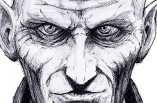
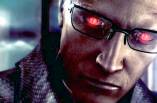
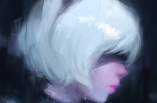
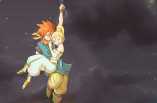
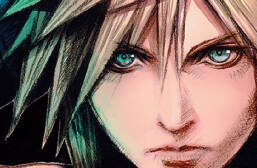
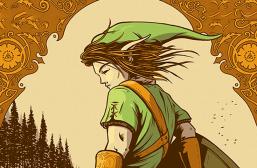
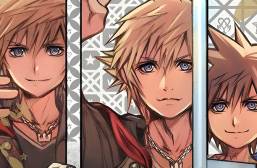

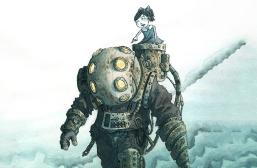
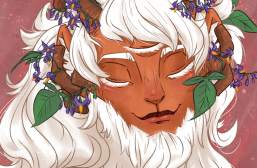

You have really inspired me to try out the Fire Emblem series. Where should I start?
Awakening is a fine place to start, however the GBA title (just called Fire Emblem in the West) was the first Fire Emblem released in English, and that could be a good place to start as well. Especially since you’ll see a bit of the evolution of the series that way.
I would say the two GBA titles and Awakening have been the strongest in the series, so can’t go wrong with any of those.
I’m also new to the series, and last weekend I started with the first GBA Fire Emblem (2003). I’m in the last few chapters of Lyn’s story, and I noticed it has a very in-depth tutorial, pretty much like it expects you’ve never played a game in the series before. Story-wise, it seems like it won’t matter too much where you jump in; most of them are independent of each other.
You’re going to get different responses from people because story-wise, most titles stand on their own and mechanically, people seem to have widely differing opinions on which systems are best. I can definitely say that you shouldn’t start with Radiant Dawn though, because that is really a direct sequel to Path of Radiance. I’d say you have two best options, and that the one you choose depends upon whether you think you’d prefer finite and unpredictable resources, or always having the option to just go back and grind experience. People will argue that the latter is objectively better, because you’re free to impose your own restrictions on yourself, but I don’t believe it to be the same, not only psychologically, but also because the game will then have to be designed around two different modes play. If you want that flexibility, just stick with Awakening and continue forward. If you prefer the more restrictive style, start with Path of Radiance and go forward, but skip Shadow Dragon, because it’s a remake of an older game and doesn’t really hold up as well, in my opinion.
Do you own a Wii U? If so, start with Fire Emblem (7) on the virtual console. It has a dedicated tutorial for new players and should be perfect for them.
One game’s as good as another. Most Fire Emblem games don’t have very strong ties to eachother plot-wise
Personally I really liked the story of Path of Radiance though if you’re just looking for any kind of recommendation.
Definitely recommending awakening. It’ll bring you into the new one really easily, so if you like awakening and want some more, you can jump straight into Fates/Birthright when you finish.
I just recently played through Fire Emblem 7 for the first time (it’s the first game that came out in English on the Game Boy Advance, under the name “Fire Emblem”). I thought it was great! It has a lengthy tutorial which helps to introduce the game’s mechanics overtime, which I thought was done well. If you can get ahold of it, it’s worth playing, though I can’t compare it to the other games in the series.
Fire emblem is like final fantasy in that you can pretty much jump in wherever. I wouldn’t recommend starting with radiant dawn because it’s relationship to path of radiance is similar to that of ffx and ffx-2. Also it’s considered one of the toughest. Between the two I would go with awakening but if you were open to more option and didn’t mind going back a bit I would recommend blazing sword. Starting with awakening will make other titles feel stripped down and lacking (like going from portal 2 to portal 1). Blazing sword the best balanced and the most barebones us release so you won’t get spoiled when you move on to other titles.
My first fire emblem game was Radiant Dawn which probably was the worst game i could start with, but when then it wasn’t that bad.
Nice article! Very clear concepts. I loved Radiant Dawn <3
Great write up!
I’ve never played a game in this series (outside of the mobile version for a few weeks) and always kind of wanted to. Might check out those GBA versions now that I have my Wii U hooked up again. I didn’t know about those.
GREAT ARTICLE! What is the best Fire Emblem game overall (in the FE community)?
I think the simple but boring answer is that there’s no real consensus. A majority can agree on certain things that aren’t all-encompassing, like Tellius generally having the best worldbuilding, but what makes a certain installment your favorite will always be subjective. In such an old series as this, that is inevitable.
I’d argue that it doesn’t really matter what people think, either, since everyone looks for so many different things when playing video games. Some people don’t care about the story at all, while others play effectively exclusively for it and the characters.
To give you my opinion on my favorite game, Radiant Dawn has the best character interactions, Sacred Stones has the best villain, the Tellius games the best worldbuilding and Conquest the best gameplay. However, the most fun I’ve had with any Fire Emblem game is Awakening, which is the one I return to the most frequently. I recognize its many shortcomings like I do the rest of the games in the series, but I really love most things about it, from the main quest to the character interactions, especially in the DLC where they truly shine.
So yeah, there’s a lot to a question like this, and people’s answers will vary greatly.
The Fire Emblem community can be very divisive.
There are a few general trends that you can set in stone though. The Tellius games are always praised. FE7/Blazing Sword has a mixture of being either top tier, or at the very least being top tier for new players.
Getting slightly more divisive now.
Genealogy is unanimously considered top tier at least for story content, but is also a game far less people have played which makes it harder to scale over a wider community.
Conquest is unanimously top tier for gameplay, but for people where story is more important/prioritized, it can fall short.
So as you can see, even when consensus is made, it still has a lot of caveats to it.
And all of this is hardly concrete. A year ago FE6 was considered one of the weaker games on this board. Fastforward to today, and I actually see it getting quite a bit of praise from some folks.
It depends on what you’re looking for, since each game has its flaws and assets.
It’s all entirely subjective.
I honestly think PoR was the best, but this is coming from someone who basically grew up on Gamecube games.
Usually it’s between Blazing Blade, the Tellius games, and Genealogy.
IMO Radiant Dawn is the best game in the series. I find it does the best job in nearly every area, from map design to story to characters.
The Tellius games (Path of Radiance and Radiant Dawn) are generally the ones esteemed the best though I think, overall.
I think that there is no best Fire Emblem game for everything. Each one has its strengths and weaknesses. PS. I really like your analysis, great work on the article.
There really isn’t one standout game so it’s pretty hard to make a case for a best Fire Emblem game.
Fire Emblem is amazing, and you’ve absolutely nailed one of the best aspects of the series! Awesome work
Hell of an ambitious game series.
Very interesting analytical piece on FE. I have watched the series forever, but didn’t jump in until Awakening (I fell in love with 3D & it’s preview vids had amazing 3D & graphics, while there was barely anything else to play on my launch 3DS, so it was a no-brainer for me at that point. I almost bought the Wii game, but never did because it was always very expensive used, so I passed. Now I know that it’s a direct sequel to the GC game, & I’m glad I didn’t try to play it back then, else it would have ruined the series for me, most likely. I do wish I’d have still bought it now, since its far more expensive these days.
To new people to this series, I recommend the true black sheep of the series, Gaiden/SoV, because of how different it was to everything else, kinda like Zelda 2.
You mean Shadow Dragon?
Shadow Dragon isn’t really qualified as a black sheep, but as the basis of everything (Being a remake of the first FE game), which makes it seem basic when people compare it to games with more features. Sure it didn’t have support and grand characterization, but it’s still fun on its own and serves as a great prologue to New Mystery, which does have them. In my opinion, if you see Shadow Dragon as part 1 of New Mystery of the Emblem, you appreciate it a lot more.
Being a remake doesn’t give it an excuse to skimp out on features of later games and drink from the cup of Mediocrity. What it does give it an excuse to do is try to make it the best game in the series. Not to mention that 90% of the characters apart from Tiki are far too weak to be very relevant in the late game, like How Marth can’t fight Medeus with being struck twice and killed, leaving Tiki alone to fight him because she can tank.
great
As someone who knows very little about the Fire Emblem series, i found this article very interesting and makes me more interested in checking out the series. The investment in interesting and complex characters makes me want to explore this world.
Great outlook on stats and characters. I especially enjoyed the write up on Faye (she’s a bit of an oddity and a favourite character of mine) and how closely you analyzed the scraps of character that Echoes gave to the audience.
Very interesting article! I love the Fire Emblem series and never really paid much attention to the stats and how they were reflective of the characters.
I wonder if you could find anything interesting in the new game, Three Houses?
This is such an interesting way to build characters with minimal information, great article!
A great three examples from the series. Great write up.